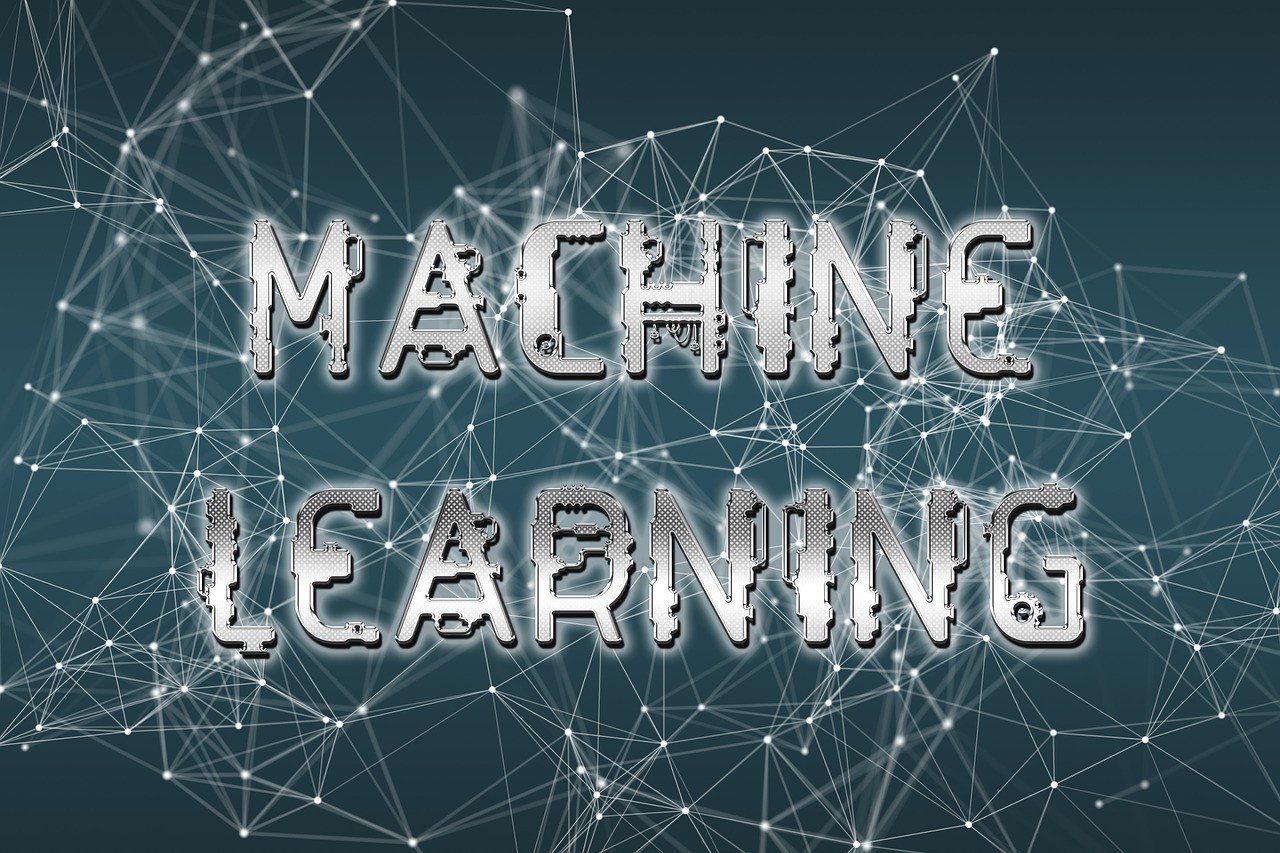How to you learn machine language
How to you learn machine language
In the vast and ever-expanding universe of technology, where innovation intertwines seamlessly with human ingenuity, lies the enigmatic realm of machine language. Often perceived as the arcane language spoken exclusively by the inner workings of computers, machine language serves as the bedrock upon which the entire digital landscape is built. Its intricacies, though daunting at first glance, hold the key to unlocking the true potential of computing, offering a gateway to unparalleled understanding and creativity.
As we embark on this odyssey through the labyrinthine corridors of machine language, we find ourselves confronted with a myriad of questions and curiosities. What secrets lie hidden within the binary digits that form the very essence of machine language? How does one navigate through the intricate maze of instructions and commands that dictate the behavior of computers? And perhaps most importantly, what insights and revelations await those brave enough to venture into this uncharted territory?
In this comprehensive exploration, we embark on a journey of discovery, peeling back the layers of complexity that veil machine language from the untrained eye. From its humble origins in the earliest days of computing to its indispensable role in powering the modern technological revolution, we trace the evolution of machine language and delve into its inner workings with a fervent desire to unravel its mysteries.

Understanding Computer Architecture:
To truly grasp machine language, it's crucial to comprehend the underlying architecture of computers. Dive into topics like registers, memory, CPU, and instruction sets. Grasping how these components interact will provide a solid foundation for learning and applying machine language concepts.
Mastering Assembly Language:
Assembly language serves as an intermediary between high-level languages and machine language. Learning assembly allows you to write code that closely corresponds to machine language instructions. Start by selecting an assembly language that aligns with your target hardware architecture, and work through tutorials, books, or online resources.
Practical Projects and Experimentation:
Small, Hands-on Projects:
Learning by doing is an effective approach to solidifying your understanding of machine language. Begin with small, practical projects like writing basic algorithms, creating simple data structures, or implementing mathematical operations. Start with simple tasks and gradually increase complexity as you gain confidence.
Leveraging Emulators and Simulators:
Emulators and simulators provide virtual environments to test and execute machine language programs. These tools allow you to code and debug without dedicated hardware. Utilize emulators/simulators specific to your target hardware platform to enhance your understanding of the underlying architecture.
Engaging with the Community:
Participate in online communities and discussion forums focused on machine language. Ask questions, share your projects, and learn from others' experiences. Engaging with like-minded individuals can provide valuable insights and guidance, accelerating your learning journey.
Analyzing Existing Code:
Study and analyze existing machine language code snippets or programs. Reverse-engineer programs to understand the logic, identify patterns, and learn best practices. Many open-source projects and old computer systems provide abundant resources for such analysis.
Seeking Learning Opportunities:
Attend workshops, online courses, or seminars focused on low-level programming or machine language. These opportunities provide structured learning experiences led by experts. Collaborating with others on the same learning journey can also foster growth and knowledge-sharing.
Conclusion:
In the ever-evolving landscape of technology, the mastery of machine language stands as a testament to human ingenuity and perseverance. By embracing the principles laid forth in this comprehensive guide, aspiring programmers embark on a transformative journey, unlocking the boundless potential of machine language and shaping the future of computing.
Q&A:
Q: What is the prerequisite for learning machine language?
A: While no strict prerequisites exist, having a solid understanding of programming concepts and logic, as well as familiarity with high-level languages like C or Java, can provide a good starting point.
Q: Can I learn machine language without understanding assembly language?
A: While it's possible to learn machine language directly, understanding assembly language can greatly facilitate the learning process. Assembly language provides a more human-readable representation of machine language instructions, making it easier to grasp the underlying concepts.
: How long does it typically take to become proficient in machine language?
A: The time required to become proficient in machine language varies greatly depending on your prior programming experience, dedication, and the resources you have access to. It's a continuous learning process, and mastery often takes years of consistent practice and exposure to different machine language applications.











Comments (0)
No comments found